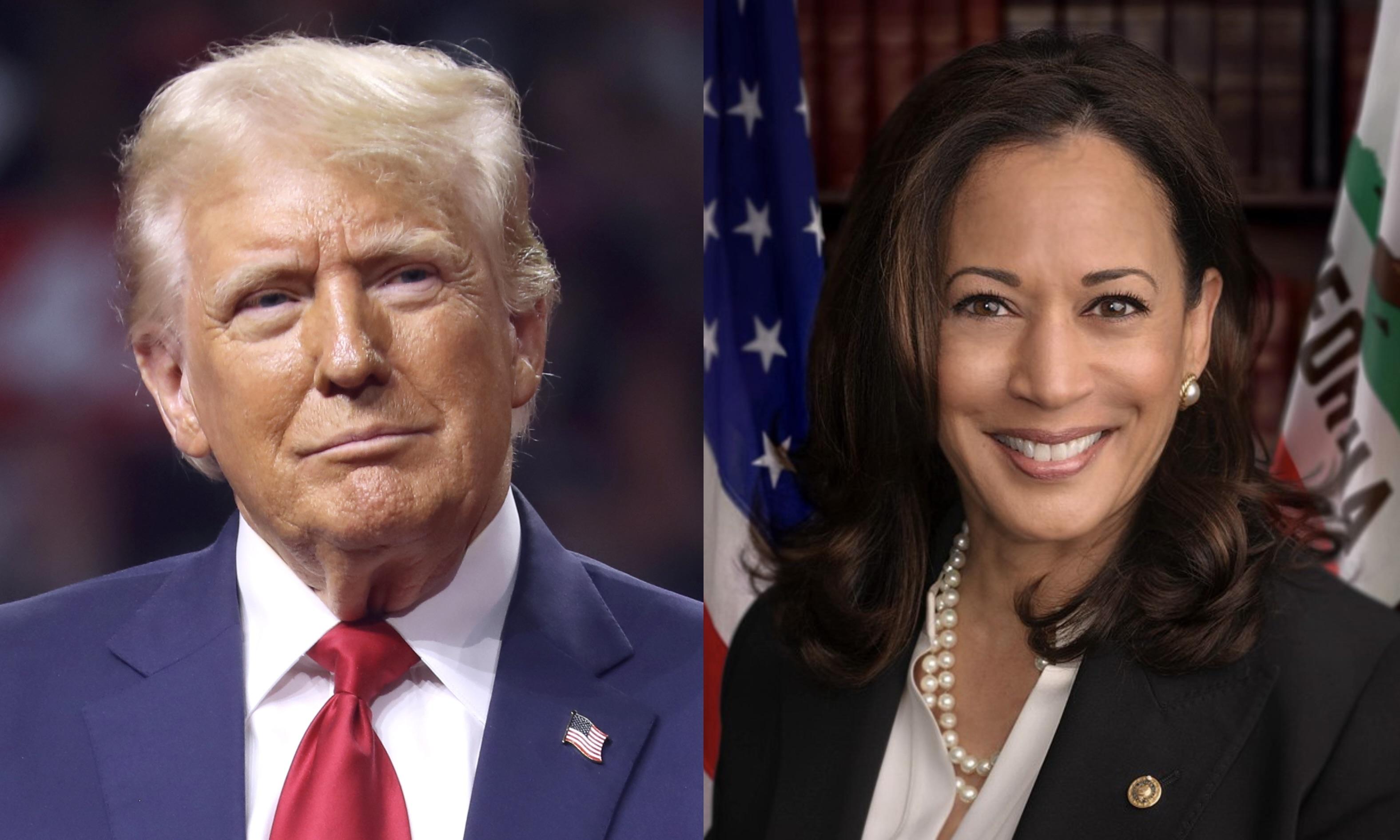Kamala Harris’s loss to Donald Trump in the presidential race has left political analysts and Democrats across the country reeling. The defeat marks a significant blow to the Democratic Party, sparking deep reflection on the factors that led to Harris’s unexpected loss in one of the most polarizing elections in modern history.
Despite early optimism and substantial support within her party, Harris ultimately could not overcome the momentum Trump built throughout his campaign. Key factors, including messaging missteps, voter turnout challenges, and strategic shifts by Trump’s team, played pivotal roles in her defeat. Now, the Democratic Party faces questions about its future direction as it grapples with the implications of this high-profile loss.
Key Reasons for Harris’s Loss: Strategic Missteps and Voter Disconnection
One of the most critical issues in Harris’s campaign was her struggle to connect with swing voters in pivotal states. While Harris secured significant support from Democratic strongholds, her appeal in battleground states like Pennsylvania and Georgia fell short. Analysts believe her campaign failed to resonate with undecided voters, who were swayed by Trump’s populist message and promises to tackle economic challenges head-on.
Harris’s messaging strategy also raised concerns. By focusing heavily on progressive agendas, her campaign may have alienated more moderate and centrist voters. In contrast, Trump’s campaign emphasized traditional values and economic growth, drawing in a broader spectrum of supporters. A Democratic strategist noted, “Harris’s campaign didn’t bridge the gap with those who felt left behind. She leaned too far left without adequately addressing centrist concerns.”
Trump’s Tactical Campaign Approach
Trump’s team ran a highly tactical campaign, exploiting vulnerabilities within Harris’s platform and reaching out to undecided voters aggressively. His emphasis on economic issues, coupled with promises to reinvigorate traditional industries, resonated with voters in critical swing states. Trump also leveraged concerns over inflation, positioning himself as a candidate focused on restoring financial stability.
In addition, Trump’s use of social media and targeted ads allowed his campaign to engage with voters on a more personal level. Through tailored messages that highlighted Harris’s perceived weaknesses, Trump’s team capitalized on doubts surrounding her leadership and economic policies. His campaign’s calculated approach, especially in states that Harris needed to win, proved instrumental in his victory.
The Path Forward for Harris and the Democrats
Harris’s loss has ignited a debate within the Democratic Party over its future direction. Many members are questioning whether the party’s current strategies align with the concerns of the average voter. The party now faces a challenging path forward, as it must decide whether to pivot toward a more centrist platform or double down on its progressive stance.
In the coming months, party leaders will likely reassess their approach, seeking to understand how to regain the trust of disaffected voters. For Harris, this defeat could mark a turning point, leading her to recalibrate her political focus or take on a different role within the party.
The election’s outcome underscores a major shift in American politics, with Trump’s victory signaling a return to conservative values. As Democrats regroup, questions linger about how they will adapt to a changing electorate and prepare for future challenges.



 Honduras Election Recount Delayed Amid Protests and Political Tensions
Honduras Election Recount Delayed Amid Protests and Political Tensions  Lukashenko Urges Swift Ukraine Peace Deal, Backs Trump’s Push for Rapid Resolution
Lukashenko Urges Swift Ukraine Peace Deal, Backs Trump’s Push for Rapid Resolution  Trump Administration Plans Major Increase in Denaturalization Cases for Naturalized U.S. Citizens
Trump Administration Plans Major Increase in Denaturalization Cases for Naturalized U.S. Citizens  Trump Weighs Reclassifying Marijuana as Schedule III, Potentially Transforming U.S. Cannabis Industry
Trump Weighs Reclassifying Marijuana as Schedule III, Potentially Transforming U.S. Cannabis Industry  U.S.-Russia Talks in Miami Raise Hopes for Potential Ukraine War Deal
U.S.-Russia Talks in Miami Raise Hopes for Potential Ukraine War Deal  U.S. Senators Move Toward Deal to Strengthen Military Helicopter Safety Rules
U.S. Senators Move Toward Deal to Strengthen Military Helicopter Safety Rules  Trump Announces $1,776 Cash Bonus for U.S. Military Personnel Ahead of Christmas
Trump Announces $1,776 Cash Bonus for U.S. Military Personnel Ahead of Christmas  Italy Supreme Court Upholds Salvini Acquittal in Migrant Kidnapping Case
Italy Supreme Court Upholds Salvini Acquittal in Migrant Kidnapping Case  Sydney Bondi Beach Shooting Sparks Calls for Stronger Protection of Jewish Community in Australia
Sydney Bondi Beach Shooting Sparks Calls for Stronger Protection of Jewish Community in Australia  Pakistan’s Army Chief Faces Gaza Troop Dilemma Amid US Pressure
Pakistan’s Army Chief Faces Gaza Troop Dilemma Amid US Pressure  Federal Judge Declines to Immediately Halt Trump’s $300 Million White House Ballroom Project
Federal Judge Declines to Immediately Halt Trump’s $300 Million White House Ballroom Project  UN Warns Gaza Humanitarian Aid at Risk as Israel Registration Rules Threaten NGO Operations
UN Warns Gaza Humanitarian Aid at Risk as Israel Registration Rules Threaten NGO Operations  Trump Administration Moves to Keep TransAlta Coal Plant Running Amid Rising AI Power Demand
Trump Administration Moves to Keep TransAlta Coal Plant Running Amid Rising AI Power Demand  Trump Orders Blockade of Sanctioned Oil Tankers, Raising Venezuela Tensions and Oil Prices
Trump Orders Blockade of Sanctioned Oil Tankers, Raising Venezuela Tensions and Oil Prices  Taiwan Political Standoff Deepens as President Lai Urges Parliament to Withdraw Disputed Laws
Taiwan Political Standoff Deepens as President Lai Urges Parliament to Withdraw Disputed Laws  Trump’s Rob Reiner Remarks Spark Bipartisan Outrage After Tragic Deaths
Trump’s Rob Reiner Remarks Spark Bipartisan Outrage After Tragic Deaths  Dan Bongino to Step Down as FBI Deputy Director After Brief, Controversial Tenure
Dan Bongino to Step Down as FBI Deputy Director After Brief, Controversial Tenure 































